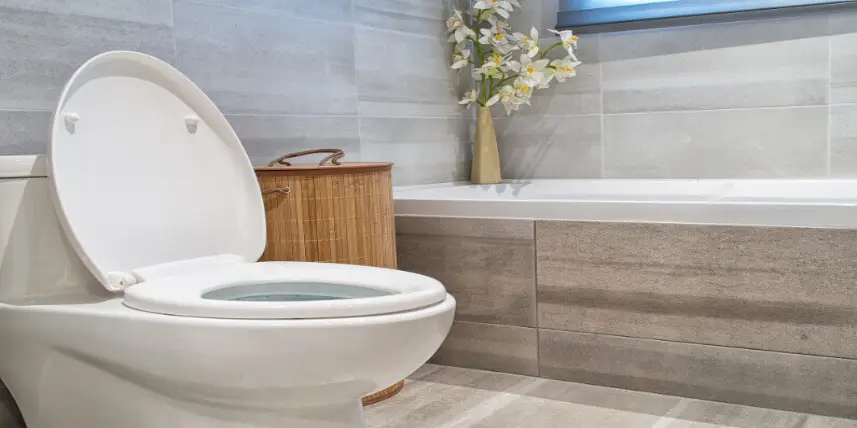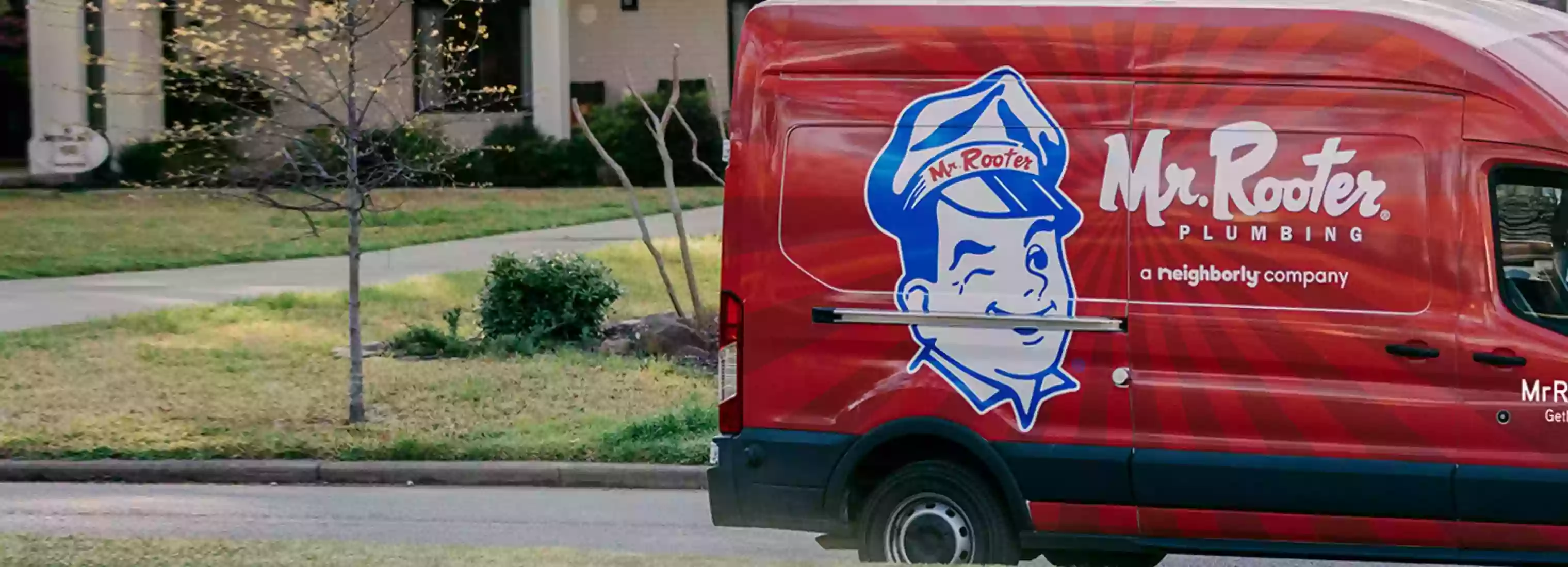5 Reasons Why Your Toilet Keeps Getting Clogged and Tips to Prevent Future Clogs

Is your toilet not flushing? Does the bowl seem to empty or fill slowly?
When a toilet frequently clogs, it can drive you insane. It happens a lot more often than the average person would think. The good news is there is often a simple solution to the issue.
Continue reading to learn five common reasons your toilet frequently clogs. Also, learn simple solutions to each issue.
1. Clogged Drain Line
A clogged drain line can happen when things that aren't supposed to be flushed get clogged inside the drain line. It can also occur with regular waste and toilet paper after a toilet gets older.
Items routinely flushed down the toilet but that shouldn't be included:
- Feminine sanitary items (like pads, tampons, and liners)
- Q-tips
- Facial tissues
- Baby wipes
- Makeup sponges
- Toilet paper rolls
These are only the most common items that get flushed. Children can also throw any number of different objects into the toilet, which can cause it to clog.
The Solution to a Clogged Drain Line
If your toilet has a clogged drain line, you can attempt to use natural bacteria. This bacteria will eat away any organic materials that may be causing a clog. Still, it won't help if it's a non-organic object.
The bacteria is non-corrosive and safe for your pipes, as well as your septic system. Don't be tempted to use harsh chemical cleaners for your toilet. While this may seem like it fixes the clog, it can lead to corrosion inside your pipes.
When the pipes become corroded, tiny particles of piping material can come loose. These travel further down the drain and can get stuck, thus causing a worse clog than you initially suffered.
Even worse, old pipes are susceptible to holes when chemical cleaners are used. If holes are eaten away, the only solution is to replace the pipes.
If the natural bacteria doesn't work, the only option is to call a plumber. A plumber can help snake or flush the line to dislodge the clog.
2. Issues With Toilet Itself
Sometimes the toilet is the issue instead of the pipes themselves. Older toilets tend to have problems as age naturally wears away essential parts. If you have an older low-flush model, this presents issues of its own.
Low-flush models made before 1997 are prone to low water pressure. When the water pressure is low, it doesn't flush items the way it's supposed to. Even if it appears to be traveling down the toilet, a lack of water can cause things to lodge before reaching your septic system.
The Solution to Toilet Issues
If the issue is your toilet, the only solution is to replace it. If your toilet were built before 1997, it would definitely need to be replaced. If you need assistance in choosing a new toilet or installing it, a professional plumber can assist you.
3. Issues With the Toilet Trap
The most commonly installed toilet trap is called an S trap. The way this works is that standing water is held in the trap. At the same time, it works to prevent sewer gases from rising out of your septic system.
If debris gets clogged in the trap, it can back up into the toilet. Even large amounts of toilet paper or natural human waste can cause these clogs to occur.
The Solution to Toilet Trap Issues
If your toilet trap is to blame, using a plunger will often solve the issue. The plunger works by loosening up any debris and removing the clog. If a plunger doesn't work, you may need to try a toilet auger.
One way to prevent toilet trap issues from occurring in the first place is to limit the amount of waste going into the toilet. Nothing besides human waste and toilet paper should be going into the bathroom in the first place. You can also try limiting the amount of toilet paper used.
4. Hard Water Problems
"Hard water" has a lot of calcium and magnesium in it, whereas "soft water" doesn't have as much. When water has a lot of calcium in it, deposits can build up inside your toilet. Calcium buildup causes a white material that's difficult to get rid of.
When calcification builds up too much, it can cause a clog. It can also cause other materials to get caught on the deposits.
The Solution to Hard Water Problems
If your toilet is already clogged because of calcium buildup, you want to have a plumber flush the system. They'll do this using a special solution to break up calcium deposits in your toilet and pipes.
You'll also want to install a water softener. This will treat the water, removing much of the calcium. By eliminating significant amounts of calcium, clogs are less likely to happen in the first place.
5. Slow-Moving Septic System
When your septic gets full, it can start moving slowly. A slow-moving septic system can cause your toilet to clog or back up. How quickly a septic system fills depends on how often the toilets are used and by how many people.
The Solution to Slow-Moving Septic Systems
You should have your septic emptied every three to five years. Exactly how often will depend on how many people are living in your home and using the toilets?
Do You Have More Questions About Why a Toilet Frequently Clogs?
Toilets can become clogged for many reasons. The five mentioned above are among the most common causes, but other issues exist.
Do you have more questions about why a toilet frequently clogs? Or do you need professional assistance with a clogged toilet?
Contact us today. One of our associates would be happy to answer any questions you still have. They can also set you up an appointment if desired.
 Click to call
Click to call


